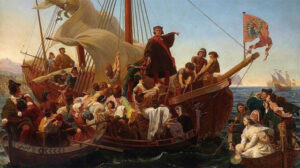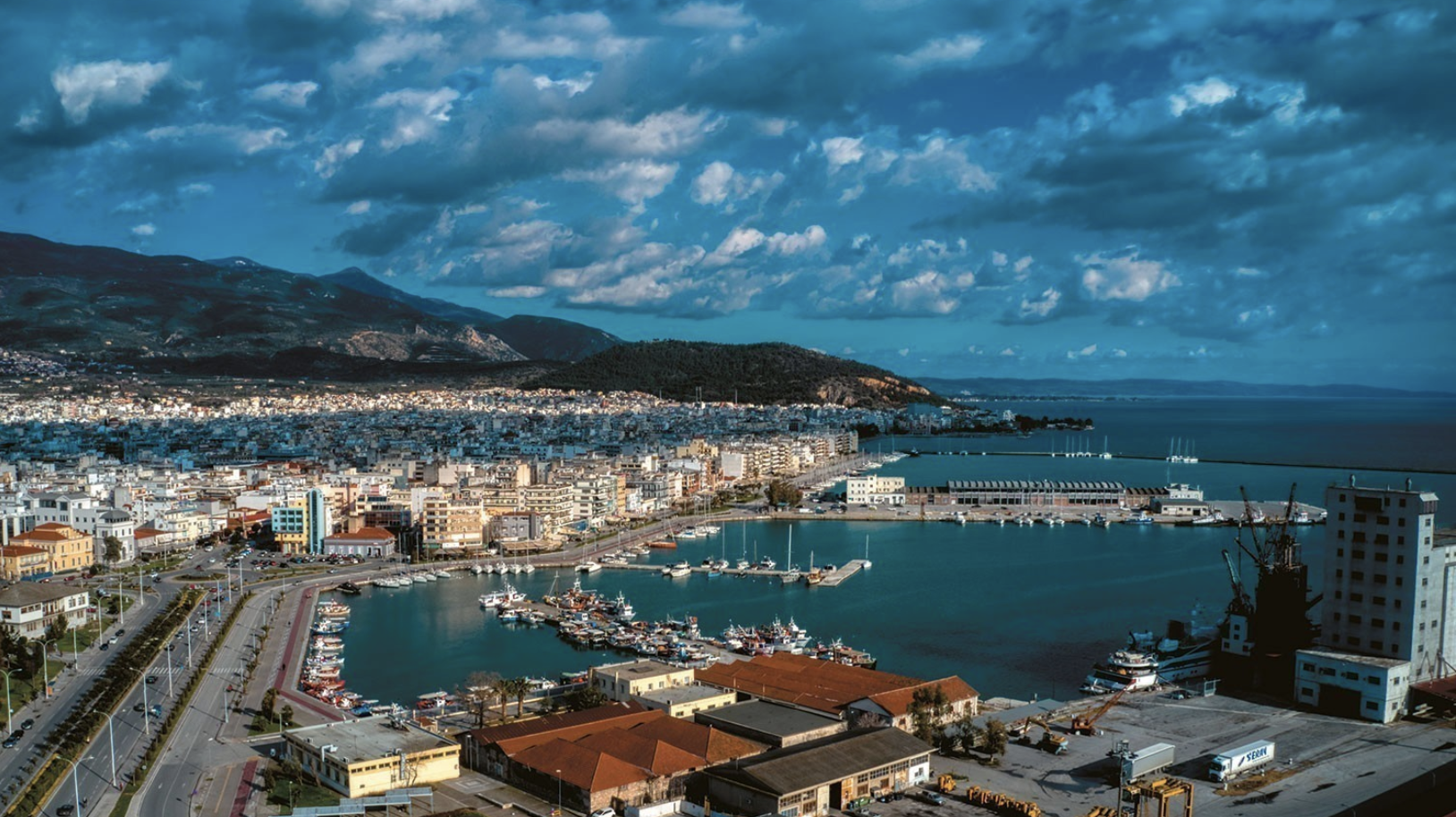Spanish scientists will announce details of the origins of Christopher Columbus on Saturday after using a DNA analysis technique to solve a five-century-old mystery.
Many countries are debating the origins, and the final resting place, of the explorer who paved the way for the European conquest of the Americas in the late 15th century. Many historians dispute the “traditional” theory that he came from Genoa, Italy. Other theories have him as a Jew of Spain, or a Greek, or a Basque, or a Portuguese.
Researchers led by forensic scientist Miguel Lorente have examined tiny samples of remains buried in Seville Cathedral, which has for years been believed to be Columbus’ final resting place – although there are other theories about where his tomb is located.
They have compared these samples with those of known relatives and descendants and the findings will be announced in a documentary entitled “Columbus’ DNA: the true origin” to be shown on Saturday on Spanish public television TVE.
Lorente briefed reporters on the investigation today but did not reveal the conclusions, saying only that the theory that the Seville remains did belong to Columbus had been confirmed.
The search for the explorer’s origins has been complicated by many factors, including the sheer volume of data. But “the result is almost completely reliable,” Lorente added.
Columbus died in Valladolid, Spain, in 1506 but wanted to be buried on the island of Hispaniola, which is now shared by Haiti and the Dominican Republic. His remains were transferred there in 1542, then to Cuba in 1795 and then, as many believed, to Seville, Spain, in 1898.
In 1877 workers found a lead coffin buried behind the altar in the cathedral of Santo Domingo, the capital of the Dominican Republic. It contained some bones believed to belong to Columbus. Lorente said both theories may be valid since both skeletons found are incomplete.
Ask me anything
Explore related questions





